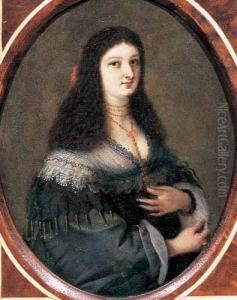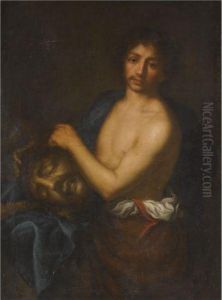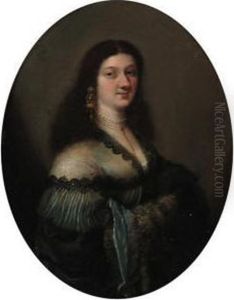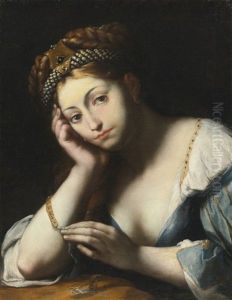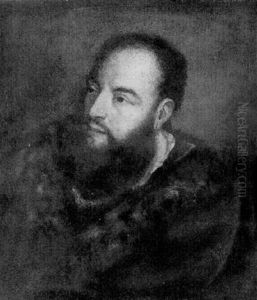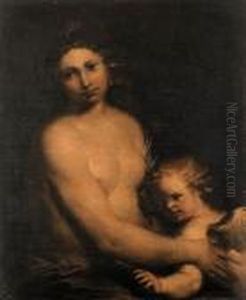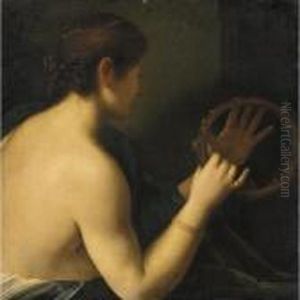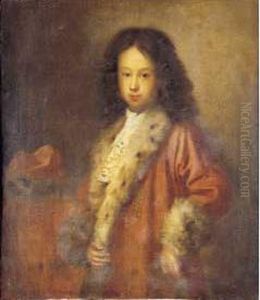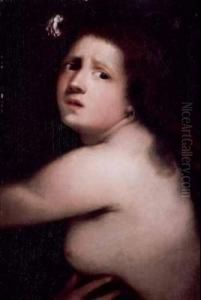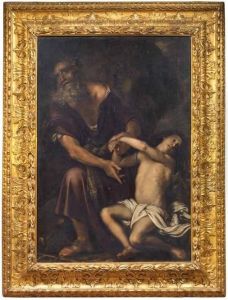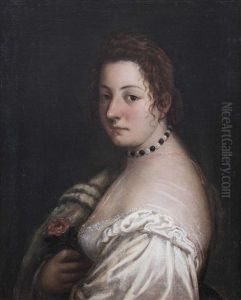Girolamo Forabosco Paintings
Girolamo Forabosco was an Italian painter of the Baroque period, born in 1605 in Padua, Italy. He was known for his skill in portrait painting and for his contributions to the Venetian school of painting. Forabosco showed an early inclination towards the arts and was initially instructed by Alessandro Varotari, also known as Padovanino, who was a prominent artist in Venice during that time.
Forabosco's style was influenced by the works of contemporary Venetian painters, and he became proficient in portraying the human figure with a certain elegance and refinement. His portraits are characterized by their meticulous execution, rich color palette, and the subtle psychological depth he imbued in the subjects' expressions.
During his career, Forabosco received commissions from various patrons, including noble families and religious institutions. His works were appreciated for their artistic quality and attention to detail. In addition to portraits, he also painted religious and mythological scenes, which were common subjects of the Baroque period.
Forabosco spent the majority of his career in Venice, where he contributed to the artistic landscape of the city. He was a member of the Fraglia, or guild, of painters, which reflected his standing in the Venetian art community. His paintings can still be seen in museums and galleries today, showcasing his contribution to the 17th-century Italian art.
Girolamo Forabosco's legacy is marked by his ability to capture the essence of the Baroque period in his works, with a particular focus on the elegance and psychological portrayal of his subjects. He passed away in 1679, leaving behind a body of work that continues to be studied and admired by art historians and enthusiasts alike.

